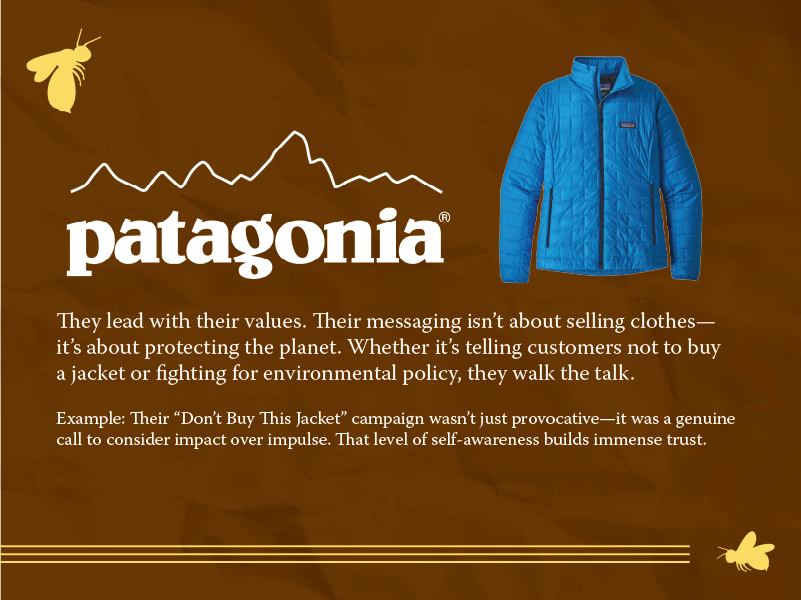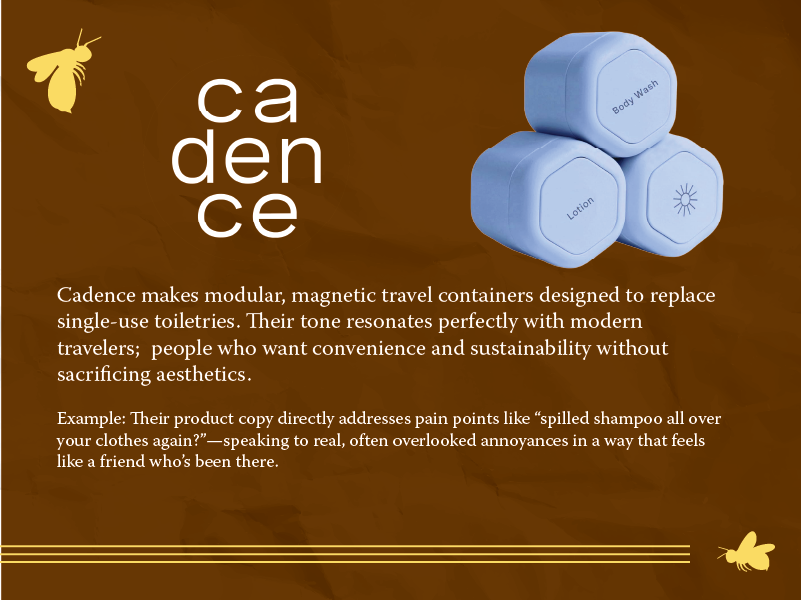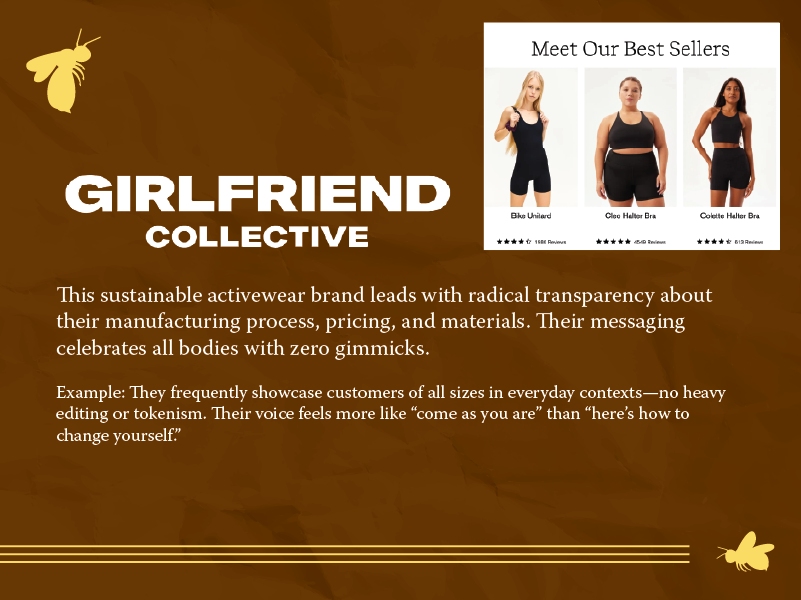Why the Most Successful Brands Are the Most Human

Around this time last year, I ordered a set of travel-sized personal care items—little bottles of shampoo, sunscreen, and a miracle product that claims to tame frizz in 95% humidity (a lie, but I respect the confidence). Nothing fancy. Just the kind of thing you toss in your bag before heading out for a summer vacation from a brand I normally don’t order direct from. But they may have just changed that by treating me like a human.
Fast forward to this week: I got an email from that same brand. No countdown clocks, no ‘we miss you!’ melodrama. Just a perfectly timed nudge: “Headed somewhere amazing? We’ve got your travel kit covered.”
And that’s what made me pause. This brand didn’t just remember I exist. It remembered why I bought from them (travel kit not available via mega-website). It understood that summertime is travel time. And that I’m probably already mentally packing. And that thoughtfulness brought me to their website to re-examine their offerings and ask myself why I don’t normally buy from them. (To be honest, I didn’t know they had free shipping!)
But this wasn’t marketing magic. It was very simply, human.
(And even though I know it was automated, it was automated in a smart and sensitive way. They’re not blasting me with all their products; they’ve refined their process to work smarter on their behalf).
It’s easy to treat thoughtfulness like a feel-good extra—a hand-written card you send after the sale. Only appropriate for small business. But let’s reframe that. Humanity isn’t an accessory to your brand strategy. It is the map. The itinerary. The reason people want to take the journey with you in the first place.
It’s not fluff—it’s fuel.
Example 1: Allbirds

Feelings Aren’t Just for Therapists and Ted Lasso
When it comes to branding, being thoughtfully human about your audience isn’t about being mushy or overly sentimental. It’s about having the awareness to know your them, care about what they care about and show up in a way that says, “Hey, we see you.” (as opposed to “Hey, we spam you.”)
It’s a strategy, not a side trip. And when it’s charted into the DNA of your brand, everything gets better:
- Your messaging hits the right notes (instead of sounding like you’re reading from a vanilla script with no sprinkles).
- Your design becomes more intuitive to your specific audience. (Not one-size-fits-all!)
- Your customers feel heard, not herded.
Being human-centric, making it personal; it’s still somehow treated like a novelty. Let’s stop acting surprised when it works—it always does. If your audience feels seen, they’ll book an extended stay. (Yep, squeezed all I could from the travel metaphor!)
Example 2: Patagonia

Where Humanity Shows Up (Spoiler: Everywhere)
Let’s break this down. Thoughtfulness isn’t a line item in your project plan. It’s a lens you use to see your whole brand. It’s the emotional intelligence of your business in action. Here’s where it tends to sneak in (or scream for attention):
Messaging: Are you speaking with your audience or at them? Does your tone sound like a helpful friend or a shouty robot? Worst of all, are you actually speaking to your competitor? (You brands know who you are.)
Design: Is your website usable by someone who is over 40? Can someone with a screen reader get what they need? Is your typography more legible than a 16-foot-long CVS receipt? Did you think about the way your customer/client might travel through your site and keep them in mind when considering what info they need the easiest access to?
Customer Experience: When someone has a problem, do you respond like a human or a policy manual? Being a human-centric brand means giving grace when the balance sheet says, “No.”
Internal Culture: You can’t fake it outwardly if it’s broken internally. Brands built on actually caring tend to treat their people like, well, people. (Shocking.)
Example 3: Cadence

Building Human-Centric Muscles (Without Pulling a Hamstring)
You don’t need to overhaul your entire operation or replace everyone with a golden retriever in a name tag (though that sounds delightful, I would totally shop there). You can start small. Here’s how:
- Ask better questions. Swap “What do we want to say?” for “What does our audience care about right now?”
- Audit the journey. Walk through your customer experience like you’re new here. What feels clunky? What feels like a warm hug?
- Listen better. Feedback isn’t just something you collect to hit a KPI. It’s your audience whispering what they want from you—and sometimes yelling it in all caps. (Good ol’ Karen might actually have a point, you know…?)
- Lead with good humans. The more emotionally intelligent your team, the more naturally your brand will reflect that every day. Jerks rarely build strong, healthy relationships. (I know, it’s like I’m a genius, right?)
Example 4: Girlfriend Collective

Humanity Isn’t a Campaign. It’s a Culture.
Being thoughtful isn’t a quarterly theme. It’s not a trend or a line in a mission statement. It’s how you show up—consistently, intentionally, and yes, sometimes imperfectly. Because when customers feel understood, they stick around. They tell their friends. They choose you over the louder, flashier brand because you made them feel something.
Example 5: Figma

So next time you’re debating a headline or hashing out the tone for your About page, think about the journey your customer is on. Are you making it easier? More delightful? More human? Because if you’re asking people to come along for the ride, the least you can do is make the trip worth taking. (Yes! Look at that, one closing line to tie back to my original metaphor. Feelin’ pretty great right now, tbh.)
Need help expressing Humanity through your messaging? I just happen to have an amazing group of people you’d love to work with. Email me.
Example 6: Basecamp

TV Show Marketing in the Digital Age
BatesMeron Ranks as a Global Leader in Clutch 2017 List
You’re Just My Type








